We all remember the movie Sideways and the negative connotations Merlot received after the movie came out (but it’s quite possible that Merlot was on its way down well before the movie). Let’s face it, Merlot has become an unpopular grape. Somewhere between silky Pinot Noir and bold Cabernet, Merlot is sort of like Cab’s weaker little cousin. Poor little cuz! Okay, it’s true that there are some cheap, uncomplicated Merlots out there that are not only boring but just plain bad, leaving many people wanting to shy away from Merlot for many years to come (Merlot?! The horror!)
Have you re-tried Merlot lately? Like, a really good Merlot? Because there are definitely some stand-out Merlots being made… which is a good thing, since it’s one of the most widely planted grapes out there (it’s actually the most planted grape in France and third in California behind Cab and Chard)! It’s time to put your qualms about Merlot aside and I’m here to convince you.
Merlot can grow in both cool and warm climates, and can be earthy, fruit-forward, and quite complex, which is what I found in last night’s blind Merlot tasting: California vs. Washington Merlots. It’s been a few months since my tasting group met up for a blind tasting, but it did not disappoint. Side note – If you’re not familiar with blind tasting and want to learn more, read my post here.
Merlot typically has flavors of black cherry, plum, chocolate, tobacco and herbs, with softer tannins and fruity characteristics. All of the wines in last night’s tasting pretty much fit the bill, yet they all had varied aromas and were unique in their own right. Some were better than others alone versus with food, and vice versa, but none were undrinkable. All excellent choices!
Wine A was the 2009 OS Winery The Tusk Merlot ($40) from Columbia Valley. The most expensive of the selection, it surprisingly averaged only #4 out of 5 amongst the group, however, I thought it was pretty intriguing. Deep purple in color, this 100% Merlot wine had black cherry, blueberry, tobacco and spice on the nose, with flavors of black fruit, pepper and leather. It was full-bodied with noticeable tannins that mellowed out after a while. I’d recommend this wine for someone new to Merlot who favors fuller-bodied reds.
Next, Wine B, which was the 2010 Opolo Vineyards Merlot ($24) from Paso Robles, CA. I got some earthy/barnyard aromas at first, then very sweet aromas of ripe cherries, vanilla, clove and chocolate. On the palate, there was some red fruit, licorice and a hint of vanilla. It was dry with low tannins yet had high, almost tart acidity. The high amounts of acid made it stand up well to the tomato bruschetta and salami we had with it. Although this was the least favorite of the group overall, I actually rated it pretty high since it stood up to the food nicely and tasted good! Unfortunately, a lot of these wines weren’t as food friendly.

Wine C, which was the clear favorite of the group, was the 2008 Otis Kenyon Merlot ($30) from Walla Walla. If you weren’t a believer in Merlots before, just one sniff of this wine will change your mind. It had alluring aromas of currants, plum and mocha, followed by lots of eucalyptus and spice. It was slightly smokey, with similar herb, coffee and currant flavors. Strong and slightly off-dry, this wine had a nice finish, leaving you wanting some more. I loved this wine at first – it’s rich and smooth – but there was a slight bitterness on the palate after trying it with food and the alcohol was a touch too high (14.6%). No doubt a great wine, though.
Onto the next… a Napa Valley vino – the 2010 Frogs Leaps Merlot ($32), also known as Wine D. The wine was a nice brick color and had appealing aromas of plum, baking spices and marzipan. With flavors of sweet raspberries and tomato plants, it kinda smelled like a garden… in a good way! After it opened up a bit, it took on more of a medicinal quality though (mmm, band-aid wine) which was noticeable but not totally distracting, luckily. And, although the acidity was bright and the finish smooth, there wasn’t a ton of flavor on the finish. It certainly wasn’t a bad wine at all, especially after tasting it with some food, but it just wasn’t a standout wine… sort of a middle-of-the-road wine, I guess.
Finally, Wine E – the 2010 Kendall Jackson Grand Reserve Merlot ($19) out of Sonoma. Not only was this the cheapest of the featured wines, but it was the second favorite! I have to admit, at first I wasn’t blown away by this wine… the aromas and flavors were very sweet (raspberry, vanilla and caramel) and the alcohol too noticeable. After some time, though, this wine really opened up and showed it’s silky texture. It’s a great value Merlot.
So is there a clear winner between California and Washington? Not really! Both states are making top-notch Merlots that would prove any disbeliever wrong. Try any of the above wines to see for yourself! Some other notable producers to look for: L’Ecole (WA), Duckhorn (CA), Leonetti (WA), Buena Vista (CA) and Pepper Bridge (WA) just to name a few. Try one of these and you’ll be convinced Merlot isn’t so bad afterall… Cheers!

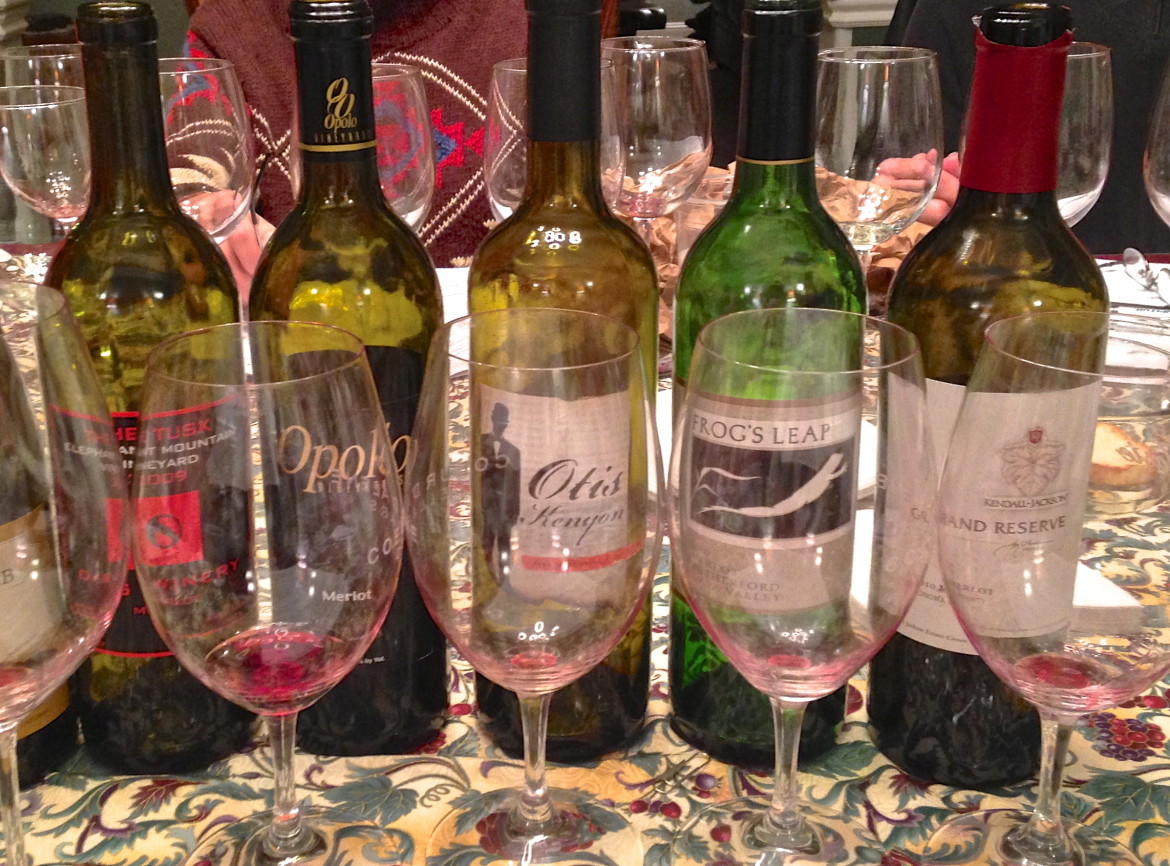
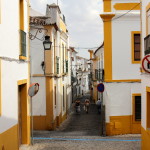
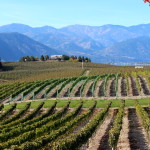
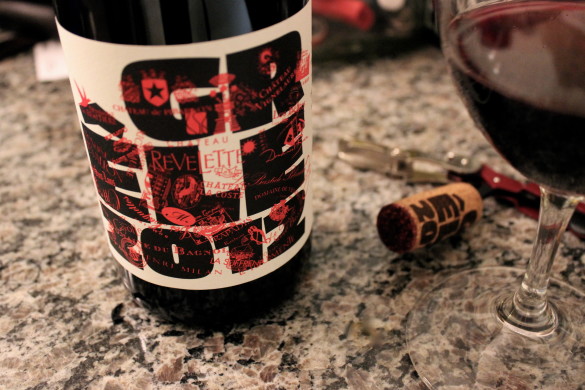
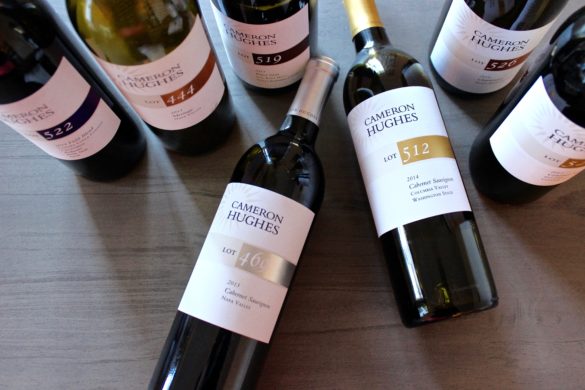
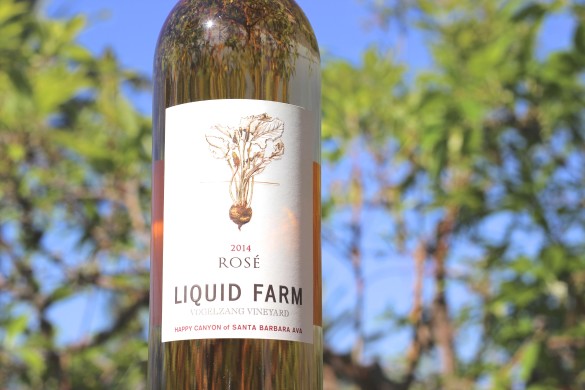
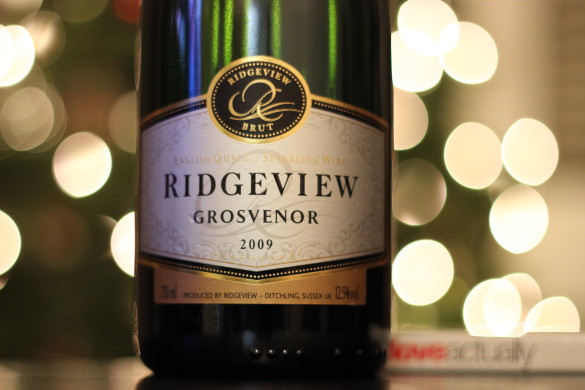
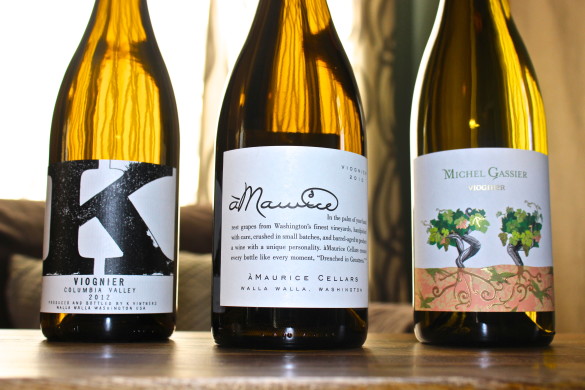
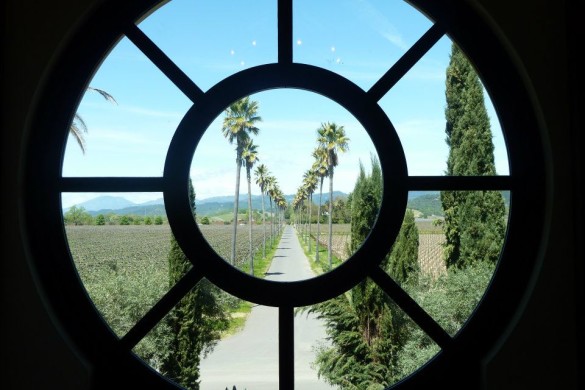

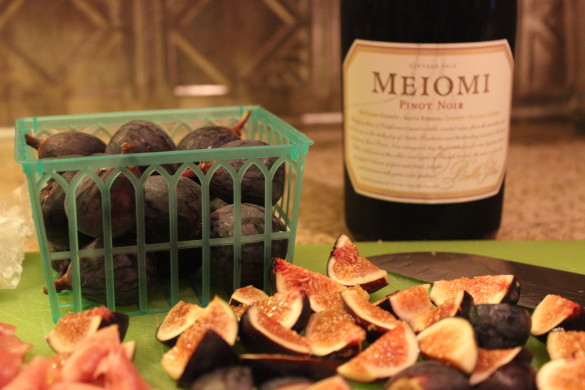

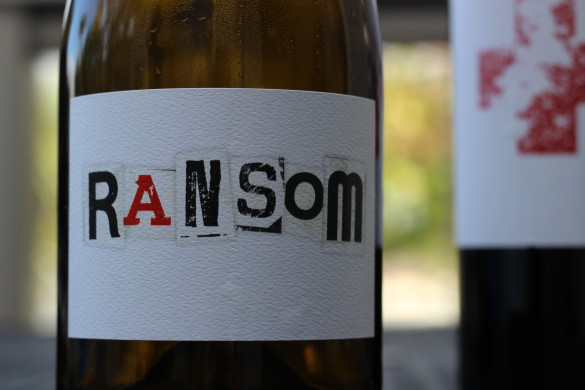
2 comments
I was just wondering, from my sofa (in Australia), glass of Shiraz in hand – “Why isn’t Merlot popular any more?”… “Is it like Chardonnay, once popular, then shunned”… “will it, like Chardy, make a comeback?”. Google led me to your blog, and I’m glad it did! It’s well written, interesting and fun too… great job!
Here in Australia, I think Shiraz and Cab Sauv are always the go to red. They can be big, bold wines that are elegant, and truly world class. I remember when at dinner parties you’d start with a merlot (or cab merlot) after whites, while the “big” reds breathed to open up a little. It was a nice, smooth transition from white to red. Or a great red on warmer days, or when you just didn’t feel like a huge, earthy red.
Now I think the merlot lovers have started moving across to Pinot Noir, which Australia’s cooler areas are doing better and better. Personally, I love a good pinot, but they are harder to find. Most reasonably priced ones can be a little thin, lacking that fullness and body most Shiraz drinkers have come to love and expect.
But I think you’re onto something. I think well-made Merlot will start to reappear on cool restaurant’s wine lists, and hopefully we’ll start to drink it every now and then again, just like old times.
Hi Ash,
Thanks for reading the blog and for providing your feedback! I always love hearing from readers from all over the world.
I agree, there are some great Aussie Cabs and Shiraz wines out there, and I’m thrilled that Pinot Noir is coming into its own there, too! I’ve had a couple of good ones, but the more affordable options aren’t always good for the money and can definitely be a bit thin and lacking complexity. Always a challenge with Pinot regardless of its origin.
Keep me posted on whether you find any good Merlots out there worth trying.
Cheers!